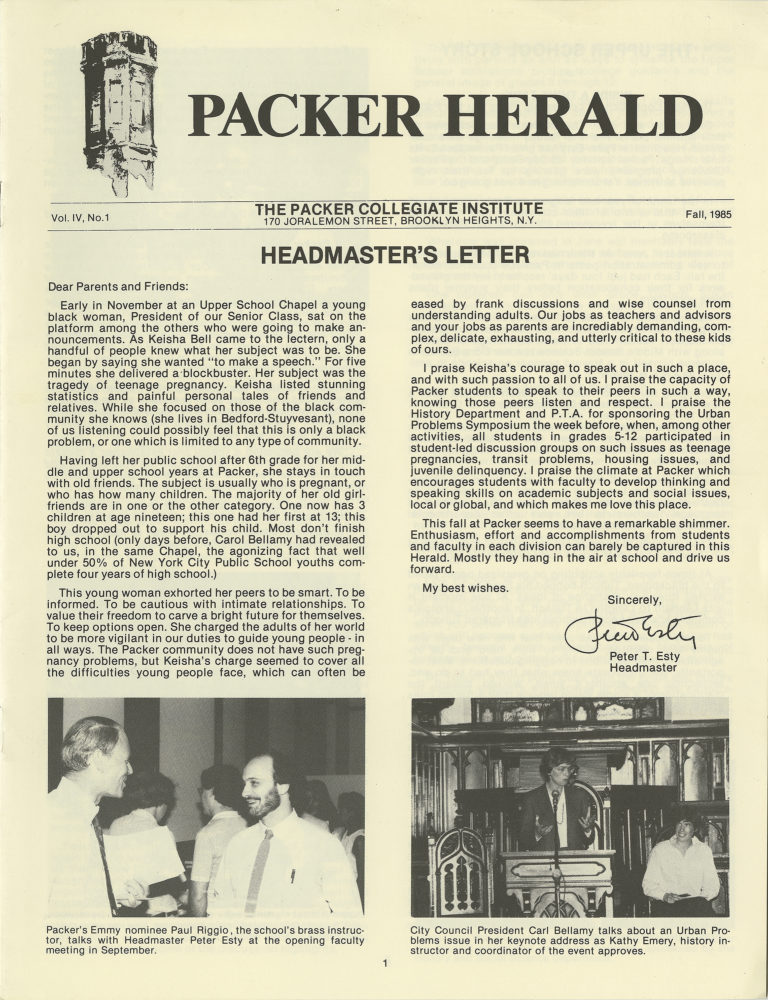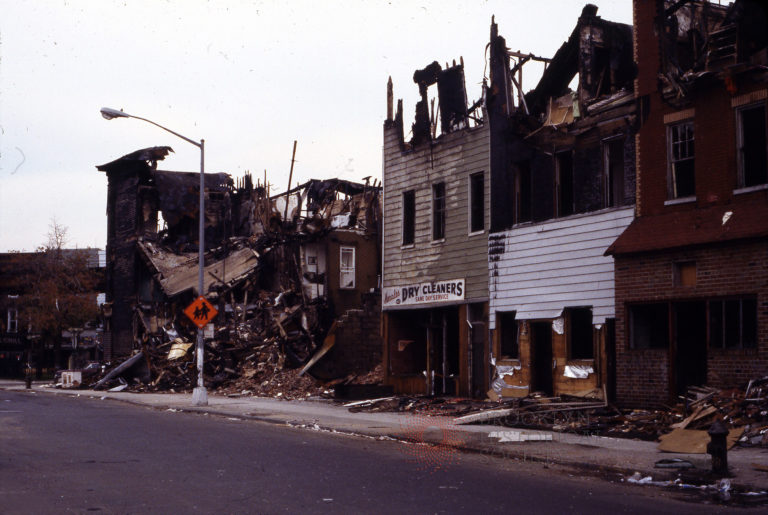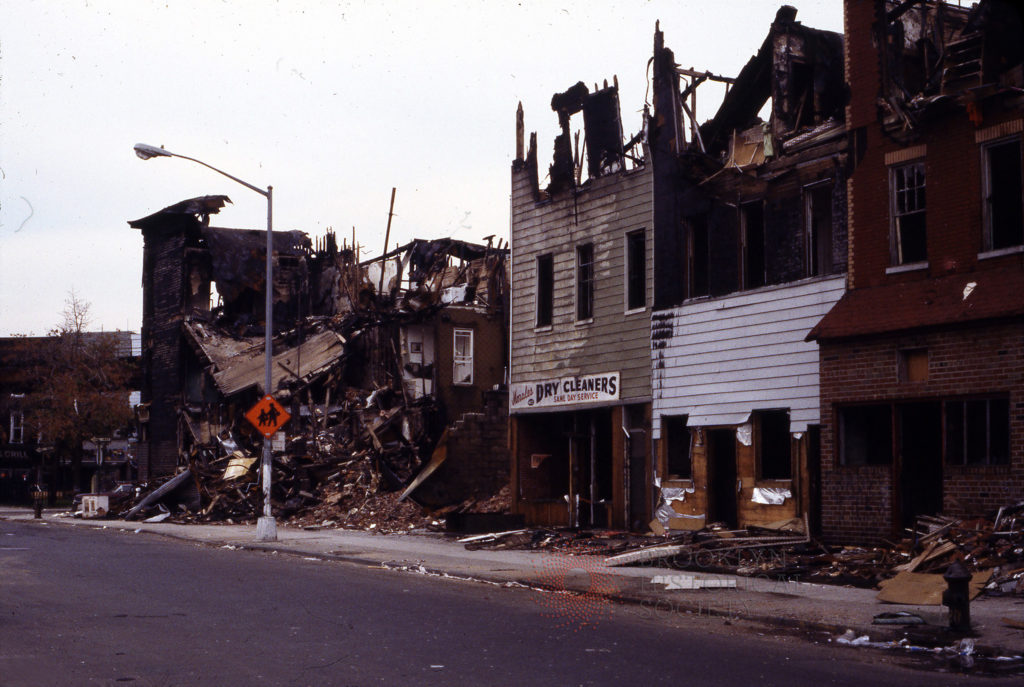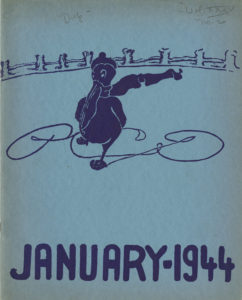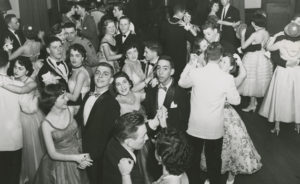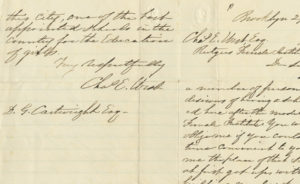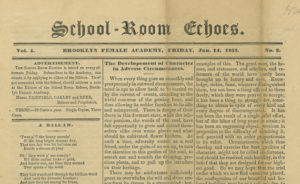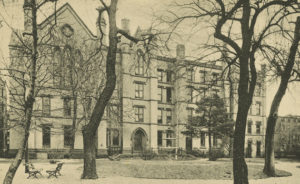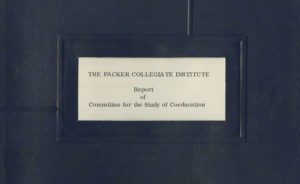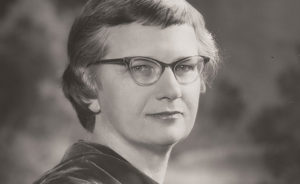A Changing Borough
Brooklyn’s population continued to grow well into the twentieth century. The borough was a center of manufacturing and offered employment opportunities to both long-time New Yorkers and new immigrants. By the 1950s, however, this all began to change.
In the 1960s, deindustrialization hit Brooklyn hard. Large-scale container shipping prompted the rapid decline of Brooklyn’s port. The U.S. military closed the Brooklyn Navy Yard in 1966, causing nine thousand workers to lose their jobs. As stable manufacturing jobs left Brooklyn, so did much of the white population, including middle-class residents who fled to the suburbs of Long Island, Staten Island, and beyond. The 1977 New York City blackout, which led to widespread arson and looting in a number of Brooklyn neighborhoods, was perhaps the most powerful symbol of Brooklyn’s struggles in this era.
Student publications provide a lens to examine the issues that were important to The Packer Collegiate Institute students over time. For example, a 1944 issue of the Packer Current features a poem on the shortage of eligible bachelors due to war. The poem, titled “A Short Discourse on the Seriousness of the Man Shortage,” is actually a humorous take on “Polly Packer” having to settle for a less-than-desirable man since all the good men are “over there.” This problem lies in contrast with a 1985 issue of the Packer Herald that references a presentation given by Keisha Bell, president of the 1986 senior class, who spoke out on the issue of teen pregnancy that was impacting her peers in her Brooklyn neighborhood of Bedford-Stuyvesant.
The 1990s saw a revitalization of Brooklyn. Crime levels dropped, artists and entrepreneurs returned and put their own mark on neighborhoods, and the Navy Yard was transformed and rebranded as a center for new Brooklyn industries. Brooklyn is again a center of food, culture, and family life, and Packer remains an essential part of the borough’s history and future.
However, the gentrification of Brooklyn has also forced Packer to think about its identity and the type of school that it wants to be. According to a 2012 New York Times article, an increasing percentage of Packer’s student body commutes from Manhattan. The change in Brooklyn’s reputation has meant that, increasingly, parents are willing to send their children to the outer boroughs for a private education. As a result, Packer has seen an influx of wealth, and must contend with its growing reputation as an increasingly elite and competitive institution.
